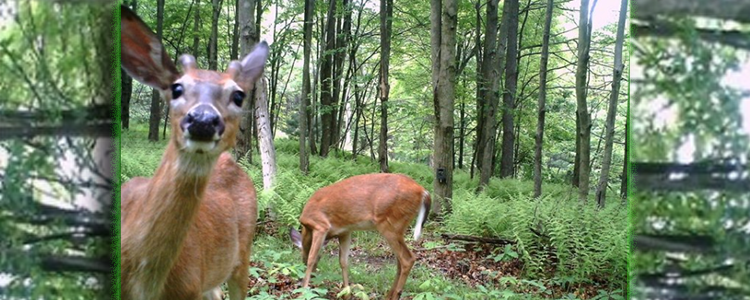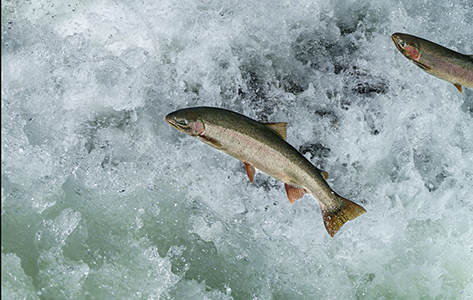||| FROM SCIENCE ALERT |||
Even when we mean them no harm, deer tend to be wary of humans. When we approach, they usually raise their heads, prick their ears and stand very still. It’s how these creatures stay vigilant against predators.
But what happens when humans are always around?
Researchers in Pennsylvania have found the presence of people threatens white-tailed deer so much, they basically stop showing vigilant behavior.
“That was the surprising thing about my research – when fawns perceive that there is so much danger coming from so many sources, their behavior seemed like they just relaxed, like there’s no point in being ready to hide or flee,” says ecologist Asia Murphy from Pennsylvania State University.
“I saw that in older deer, too. Like so much constant stress leaves them burned out.”
When Murphy and her colleagues set up camera traps in three public forests of Pennsylvania from May to September (in 2016-2017), they noticed deer in the untouched forest acted more defensively, despite having less encounters with predators.
More than 10,000 photos show that it was these wild deer, free from humans, that usually stood vigilant throughout the day, watching for predators wherever they went. On the other hand, deer in the forests surrounded by human agriculture and housing were more inured to predators.
And that was the case even though the threat from predators was higher. In broken forests, the authors found young and vulnerable fawns were more likely to cross paths with coyotes and bobcats.
“Less than half of whitetail fawns live to see their first birthday, and many are killed by predators, such as coyotes, black bears, and bobcats,” says Murphy.
“Fawns instinctively ‘know’ they are in constant danger.”
Add humans to the mix and the danger hits an overwhelming point. The constant stress, researchers say, might ultimately take away the animal’s energy and leave them looking more ‘relaxed’ than they should.
That might sound counterintuitive, but according to the risk allocation hypothesis, when a high-risk predator situation is rare, prey are more likely to show intense vigilance. On the other hand, when there is a prolonged high level of risk, prey tend to spend less time defending themselves from predators.
READ FULL ARTICLE: www.sciencealert.com/humans-are-causing-fawns-so-much-stress-researchers-say-they-look-burned-out
**If you are reading theOrcasonian for free, thank your fellow islanders. If you would like to support theOrcasonian CLICK HERE to set your modestly-priced, voluntary subscription. Otherwise, no worries; we’re happy to share with you.**








